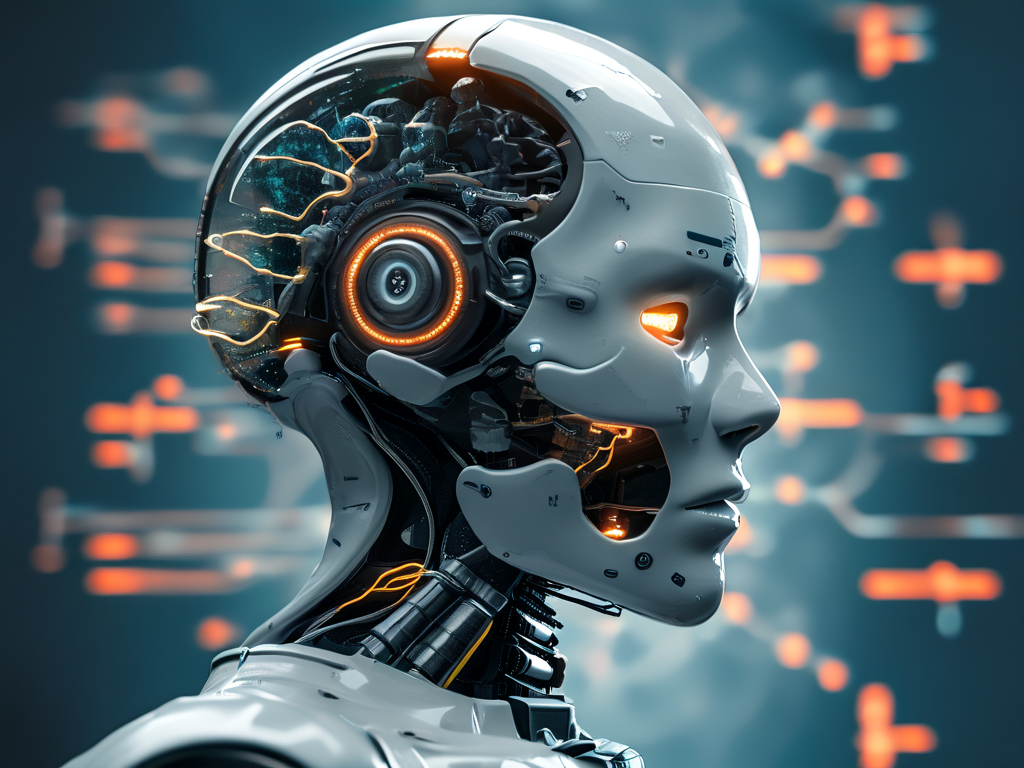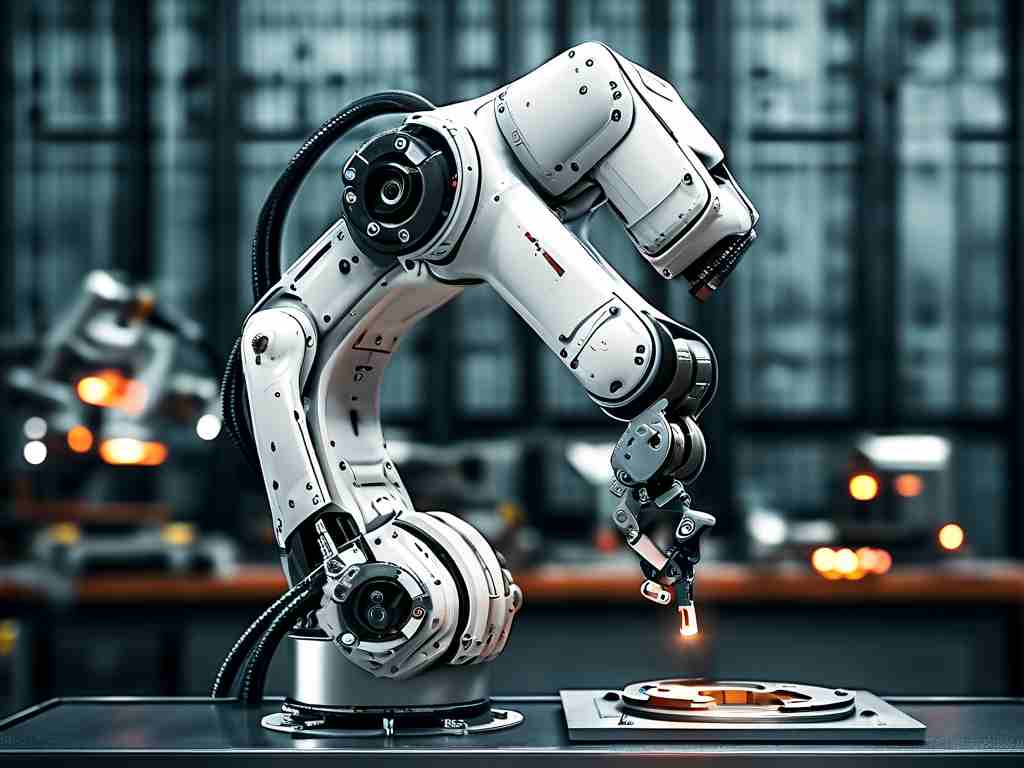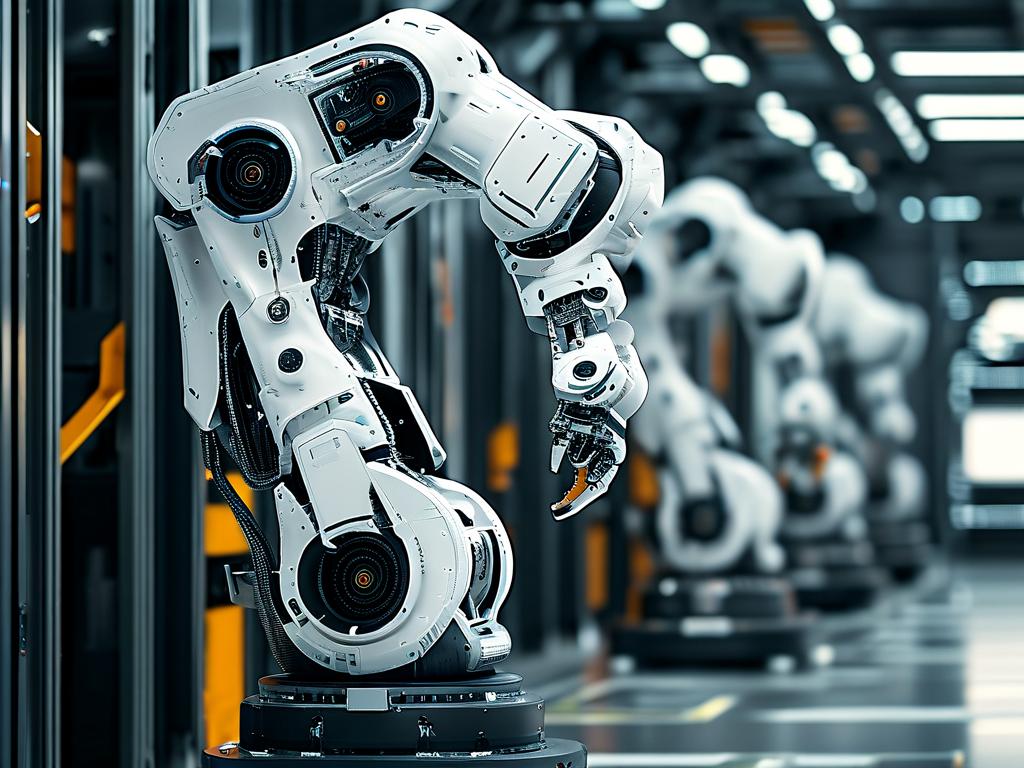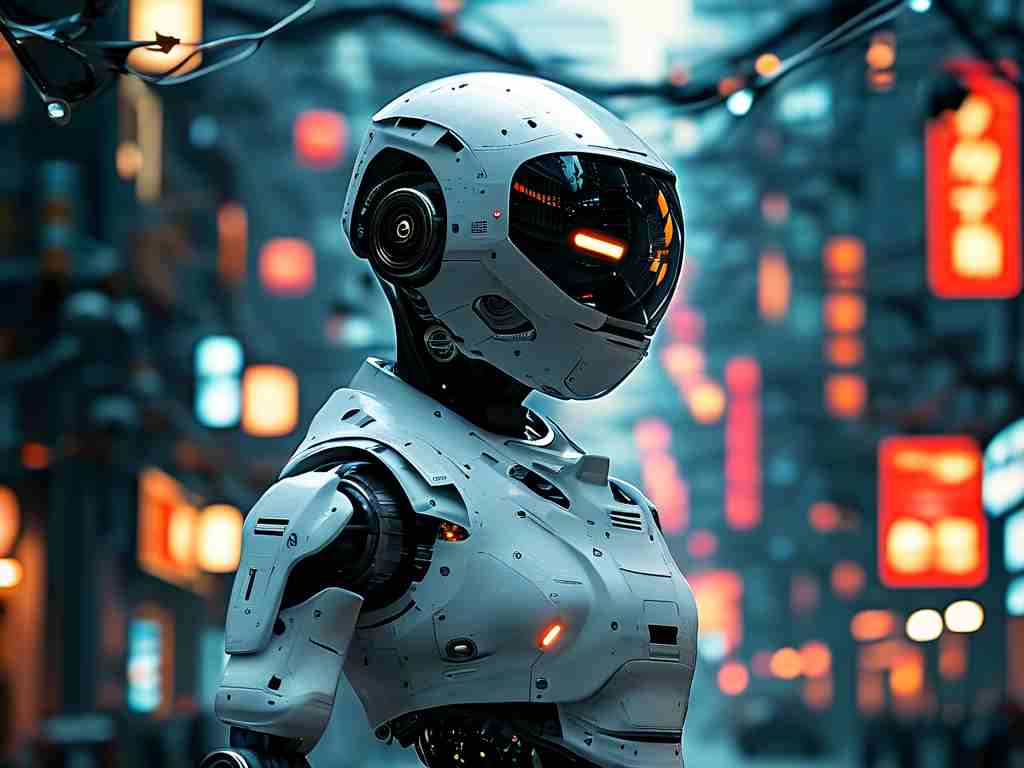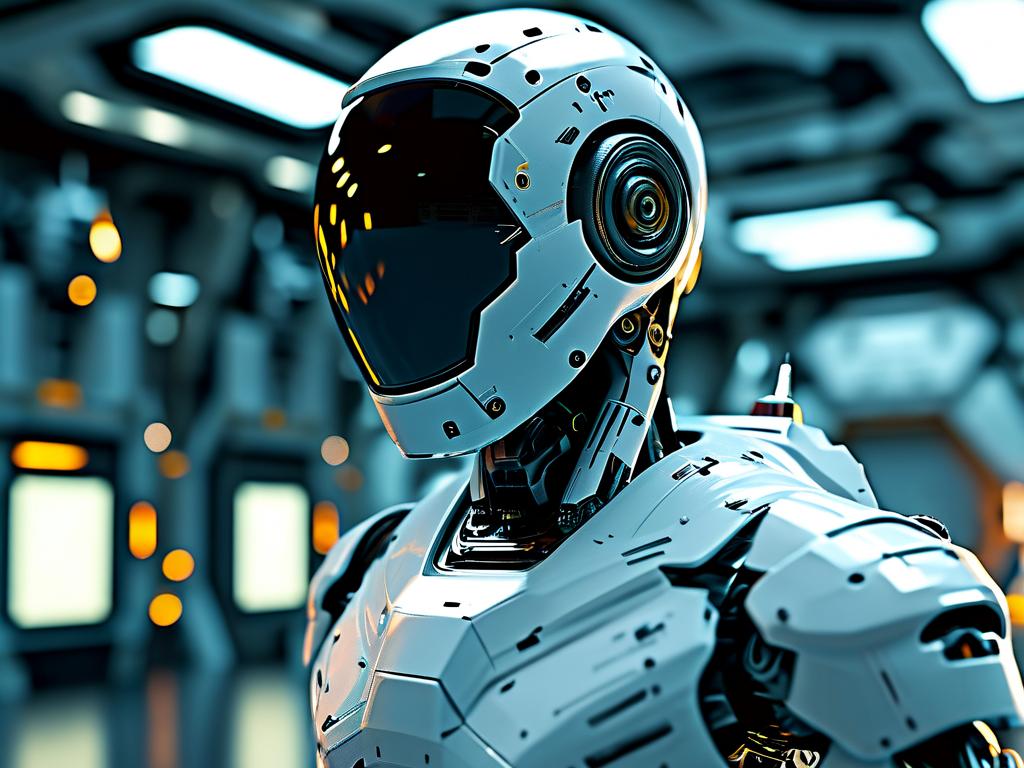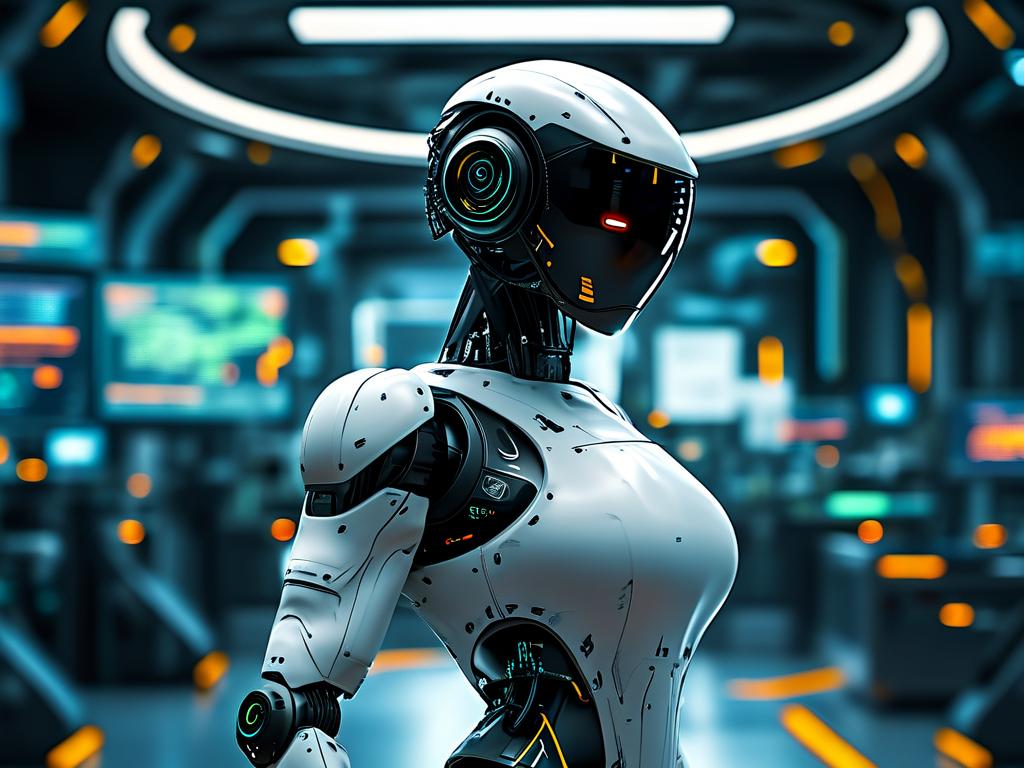In the rapidly evolving landscape of artificial intelligence and robotics, neural interface technology has emerged as the linchpin connecting biological cognition with mechanical systems. This cutting-edge field, often called "brain-machine interface" (BMI) in medical contexts, is undergoing revolutionary transformations as it converges with advanced robotics. Unlike traditional human-machine interactions that rely on physical controls, modern neural interfaces decode neural signals through non-invasive sensors or implanted electrodes, enabling direct communication between the human nervous system and robotic devices.
Recent advancements in material science have enabled the development of ultra-thin graphene-based neural sensors capable of detecting neural activity with unprecedented resolution. Researchers at the Swiss Federal Institute of Technology recently demonstrated a prototype sensor array that can map motor cortex signals at micron-level precision while maintaining biocompatibility for long-term implantation. This breakthrough addresses the chronic challenge of signal degradation common in conventional metal electrodes, potentially extending the functional lifespan of implanted neural interfaces from months to years.
The integration of machine learning algorithms has significantly enhanced signal interpretation capabilities. A team at MIT's Computer Science and Artificial Intelligence Laboratory developed an adaptive neural decoder that continuously improves its pattern recognition accuracy through reinforcement learning. This self-optimizing system achieved 94.7% accuracy in predicting intended limb movements during clinical trials, outperforming static decoding models by 23%. Such advancements are crucial for creating responsive robotic prosthetics that can adapt to users' evolving neural patterns.
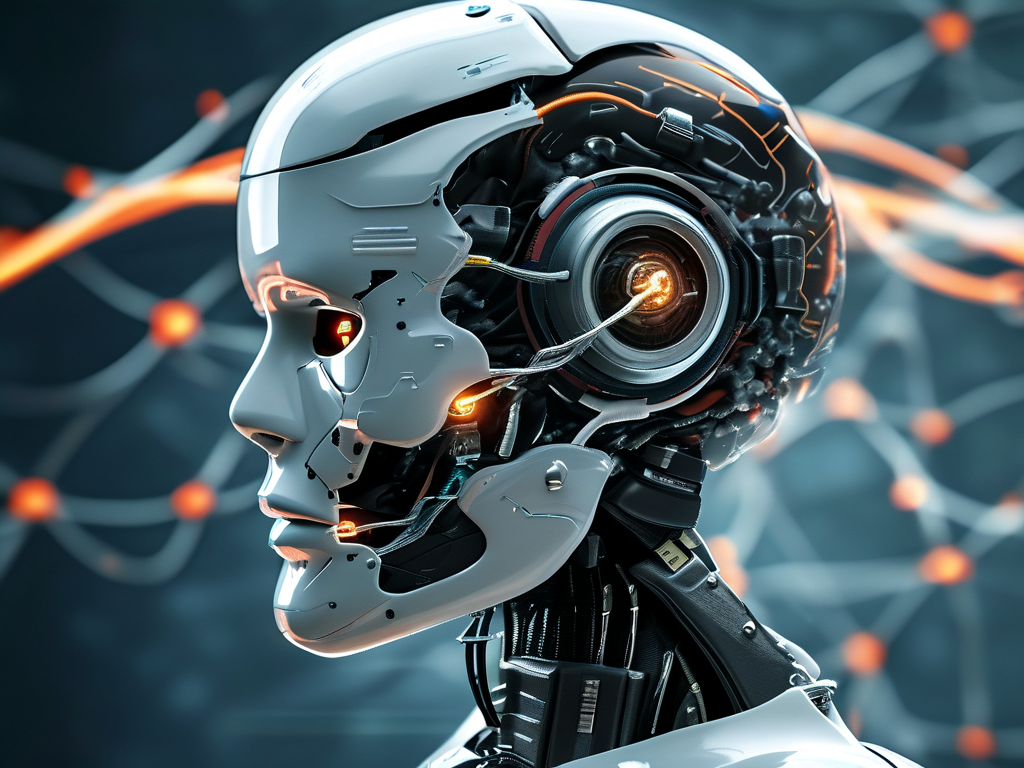
Industrial applications are pushing the boundaries of human-robot collaboration. Automotive manufacturers like BMW have implemented neural interface-controlled exoskeletons in their assembly lines. Workers wearing these devices can manipulate heavy components with enhanced strength while maintaining precise control through neural commands. The system's hybrid design combines EEG headset inputs with muscle activity sensors, creating a redundant control system that reduces operational errors by 41% compared to traditional mechanical exoskeletons.
In rehabilitation medicine, closed-loop neural interfaces are revolutionizing stroke recovery therapies. The Hong Kong Polytechnic University recently commercialized a robotic glove system that not only responds to patients' movement intentions but also provides real-time tactile feedback through neural stimulation. This bidirectional interface accelerates motor function recovery by 60% compared to conventional physiotherapy, as confirmed by a 18-month clinical study involving 234 patients.
The gaming and entertainment industries are adopting consumer-grade neural interfaces at an accelerating pace. Valve Corporation's experimental SteamVR interface prototype enables users to navigate virtual environments using a combination of ocular movements and imagined commands. While current consumer devices primarily measure surface-level brain activity, next-generation systems aim to integrate subcutaneous neural sensors for improved signal clarity. This technological race has sparked debates about neural data privacy and the ethical implications of commercial brainwave monitoring.
Military research programs are exploring neural interface applications for drone swarm control. DARPA's N3 (Next-Generation Nonsurgical Neurotechnology) program successfully demonstrated a helmet-mounted system allowing operators to control multiple drones simultaneously through decoded neural signals. The non-invasive system uses focused ultrasound and holographic sensors to detect neural activity through the skull, achieving sub-200ms response times in field tests. Such developments raise important questions about the cognitive load limits of neural interface operators and potential cybersecurity vulnerabilities.
Despite remarkable progress, significant challenges persist. Power consumption remains a critical hurdle for implanted devices, with current prototypes requiring frequent transcutaneous recharging. Researchers at Stanford's Bioelectronics Lab are experimenting with biofuel cells that generate electricity from cerebrospinal fluid metabolites. Early prototypes have demonstrated continuous 50μW output – sufficient to power low-energy neural sensors without external power sources. Another frontier involves improving the longevity of neural tissue-electrode interfaces, where ongoing research focuses on preventing glial scar formation through nanotechnology coatings.
Ethical considerations are becoming increasingly urgent as neural interface technology advances. The World Health Organization recently published guidelines addressing potential risks of neural data exploitation and cognitive privacy infringement. Regulatory bodies face the dual challenge of fostering innovation while preventing misuse, particularly regarding memory augmentation interfaces and emotionally manipulative neuroadvertising techniques. These discussions highlight the need for international standards governing neural interface development and deployment.
Looking ahead, the convergence of neural interfaces with quantum computing and neuromorphic chips promises to overcome current bandwidth limitations. Experimental systems using photonic neural interfaces have achieved data transmission rates exceeding 1Gbps in laboratory settings, potentially enabling real-time whole-brain activity monitoring. As these technologies mature, we stand on the threshold of a new era where human and artificial intelligence systems can collaborate with seamless neural integration, fundamentally redefining what it means to interact with machines.
